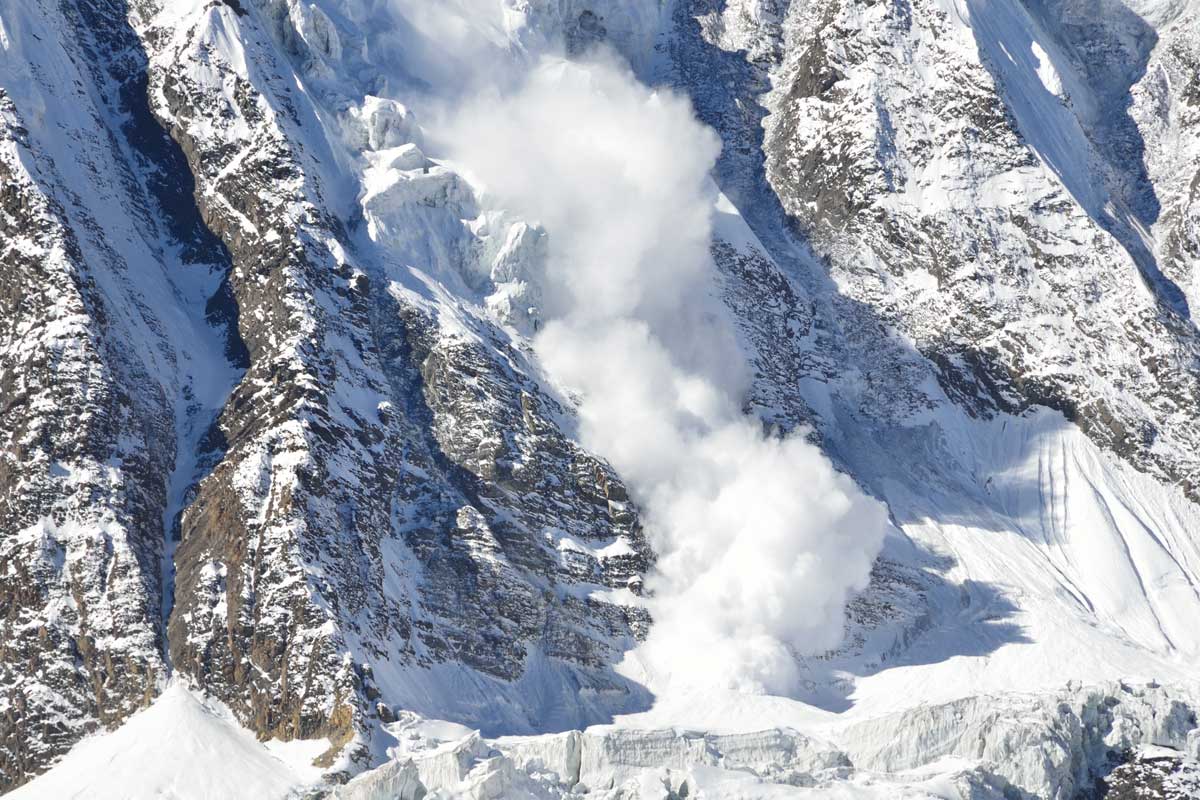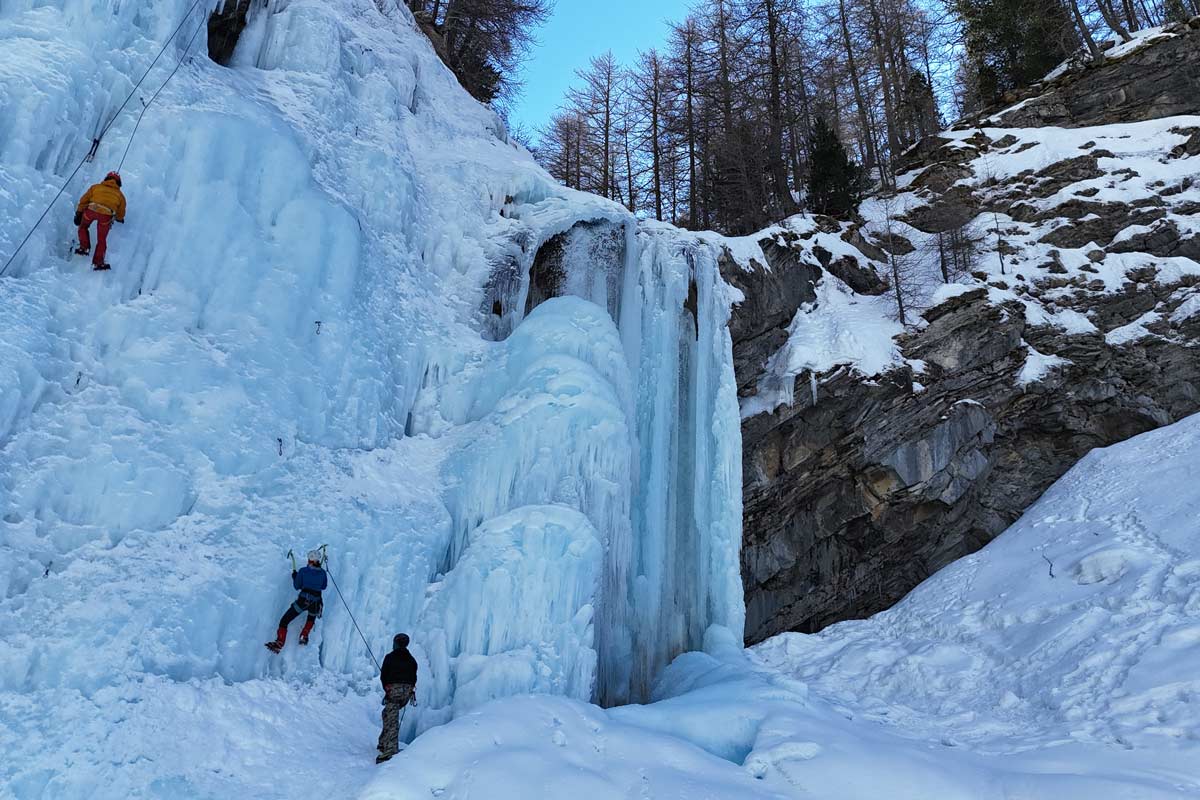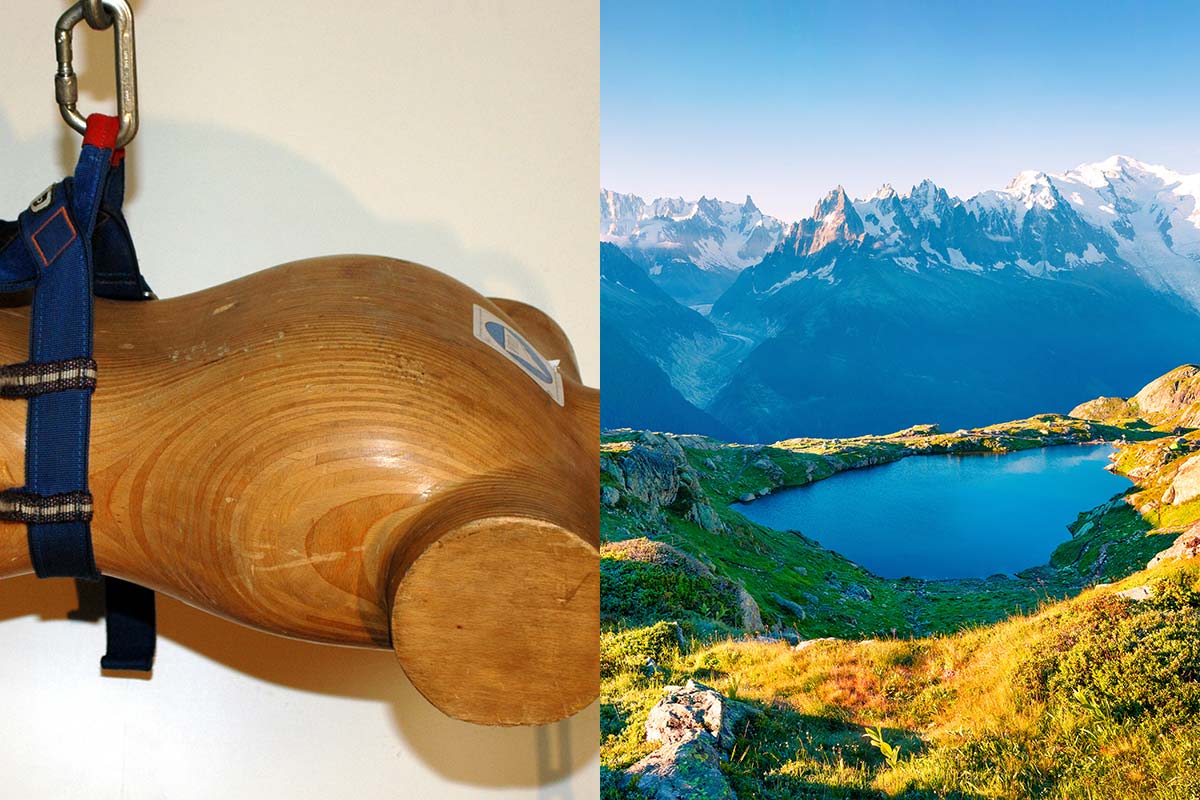In 2013, the UIAA Safety Commission (SafeCom) undertook the development of worldwide minimum standards for avalanche probes and shovels. Previously, formal requirements for avalanche shovels and probes only existed for participation in International Ski Mountaineering Federation (ISMF) ski touring races, mainly with the aim to ensure equal and fair racing conditions for all athletes.
While not legally binding, UIAA SafeCom standards represent a self-regulatory approach for the only worldwide, industry standard for mountain safety equipment. Initially, the avalanche rescue standards project focused on the now published UIAA 156 standard for avalanche rescue shovels (see also here); the final standard proposal on probes is expected to be ready for final voting by spring 2019.
UIAA federations as well as manufacturers of the respective products have voting rights within SafeCom. During both shovel and probe standard development projects, a laboratory and field reference database has been built up to correlate lab test results of generic product characteristics with failure modes in the field. For the avalanche shovel standard, laboratory testing has been carried out in the research lab of the Italian Alpine Club (CAI) in Padova. The reference database included eight tests criteria: blade compression, direct and reverse cantilever bending, positive and negative three-points bending, interface tests in compression and extension as well as blade edge strength.
The practical field tests took place in multiple countries including users from Poland, Slovakia, France, Italy and Switzerland. Following the approach of MountainSafety.info, companion and organized rescuers from the user groups of alpine clubs (UIAA), mountain guides (IFMGA), mountain leaders (UIMLA), military mountaineering schools (IAMMS) and organized rescuers (ICAR) where included in the test series. 324 individual excavations leading to 45 laboratory cross-checked excavations per reference database test article were performed. Morphologic, safety relevant requirements such as blade surface and total length dimensions were derived from this dataset. The laboratory and field data showed good correlation, and three easily measurable, quantitative lab values were recognized to be able to identify the safety critical thresholds. Thus, the aim of an economically viable, technically feasible, reproducible test procedure has been reached. After a minor revision in spring 2018, UIAA Safety Label products are expected to be available on the market for the 2018/2019 winter season.
Presenting Author:
Manuel Genswein
Affiliations: International Climbing and Mountaineering Federation UIAA, MountainSafety.info, UIAA Safety Commission (SafeCom)
Co-Authors:
Davide Rogora
Affiliations: Research Center for Equipment and Techniques, Italian Alpine Club (CSMT of CAI)
Vittorio Bedogni
Affiliations: Research Center for Equipment and Techniques, Italian Alpine Club (CSMT of CAI), UIAA Safety Commission (SafeCom)
Dave Custer
Affiliations: UIAA Safety Commission (SafeCom), Experimental Study Group, Massachusetts Institute of Technology MIT
Further Reading:
Download UIAA Safety Standard 156 Avalanche Rescue Shovels
For more about the UIAA & Safety Standards place click here. All Standards have recently been subject to some minor updates.
For information about UIAA Accredited Laboratories please click here.
Main image: Stock library, avalanche on Annapurna



